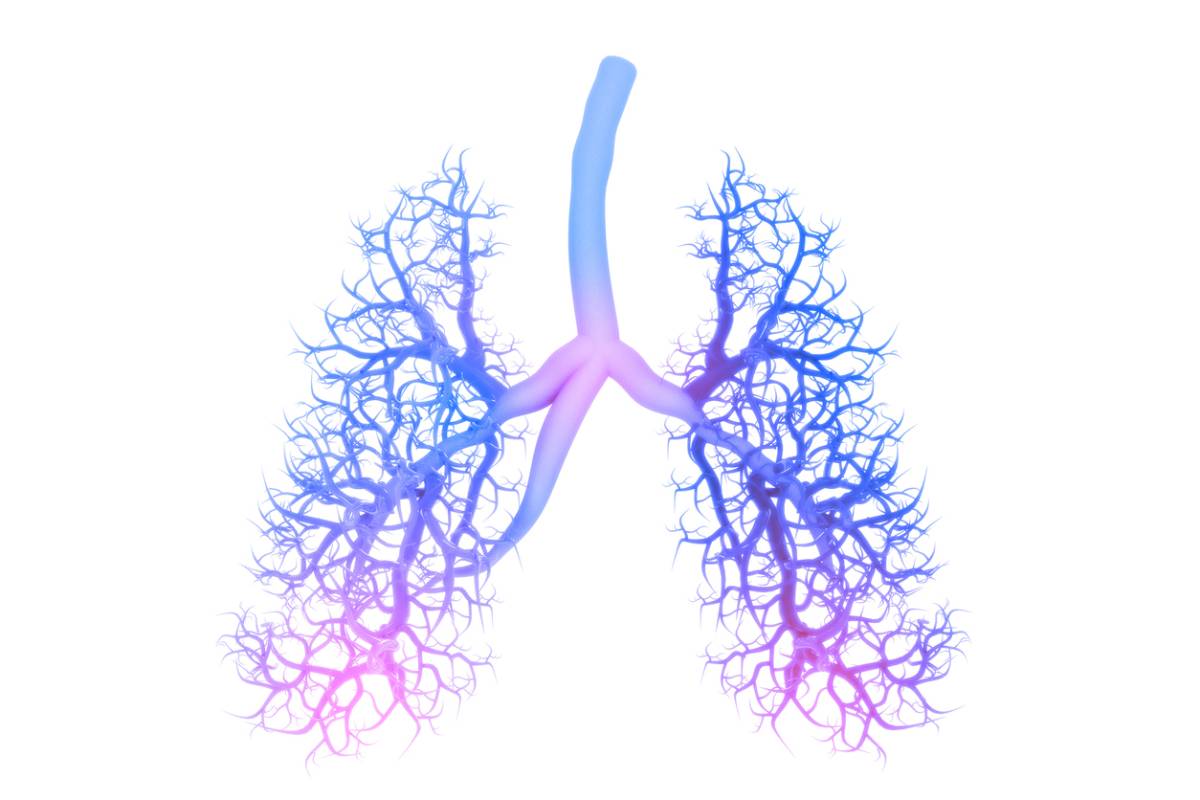Anybody dealing with pulmonary issues must visit a lung care specialist to get proper treatment. While people of all ages can visit the same doctor, there is a big difference in the way lungs are treated depending on how old the patient is. A lot of parents don’t know that the anatomy of a childhood lung is quite different from that of an adult.
Anatomy of a Childhood Lung
It’s important to become more familiar with the way a child’s lungs function and develop so you can invest in the most informed care for your child. After understanding the best ways to care for your child’s respiratory issues, make an appointment with your local pulmonologist in New York for stellar treatment options.
A Child’s Respiratory System, Explained
In order to understand how lungs work while they are still developing, it is a good idea to get familiar with the other parts of the respiratory system. All parts of the system are developing and reliant upon each other for full functionality. The major parts of a respiratory system include:
- Mouth
- Nose
- Nasal cavity
- Sinuses
- Throat
- Larynx
- Trachea (windpipes)
- Airways
- Air sacs
- Lungs
- Heart
The lungs are responsible for taking oxygen into the body, distributing it amongst all of the body’s cells. Cells need oxygen in order to perform their necessary functions, which keep you alive and healthy. Lungs are shaped like pink, spongy cones and are some of the largest organs in the body. In fact, they take up the majority of the chest area. These key parts of the lungs are the same no matter if you are a child or adult. So, what are the actual differences between adult and child lungs?
What Makes Children’s Lungs So Different
A child’s lungs may function the same as any other person’s lungs, but because the body is still developing in many ways, organs are slightly rearranged on the inside. This is an important difference to point out as it can drastically determine what type of treatment is best for any pulmonary issues a child may be going through.
Some of the biggest differences include:
- Intercostal muscles. These muscles connect all the ribs and are not fully developed until a child is at least 4 or 5 years old.
- Head size. Children naturally have larger heads than adults. Because of this, children laying on their backs are at risk of blocking their airways depending on how far back they tip their heads.
- Ribs. The ribs themselves are positioned in a horizontal fashion, whereas adults have ribs that are more vertical in nature. This makes chest movements more restricted, which could cause breathing issues at an early age.
- Airway sizes. Children are smaller than adults; naturally, the diameter of the airways is smaller than that in older folks. Again, this could require a different form of care for children dealing with respiratory problems.
Every child’s body is unique, so it is important that each approach to care is unique as well. Dr. Mayank Shukla provides expert pediatric care for developing lungs and respiratory systems.
Find the Best Treatments for Your Child’s Lungs Today
At the office of Dr. Mayank Shukla, we value your child’s breathing as the most critical part of their health. If you believe your child is struggling with a respiratory issue such as asthma or allergies, reach out to our office today for expert pediatric lung care in New York. We provide services to children and adults of all ages, in every stage of the lung development process. Invest in high-quality lung care for the best health and well-being of your growing child. Call us today to schedule a personal consultation!

